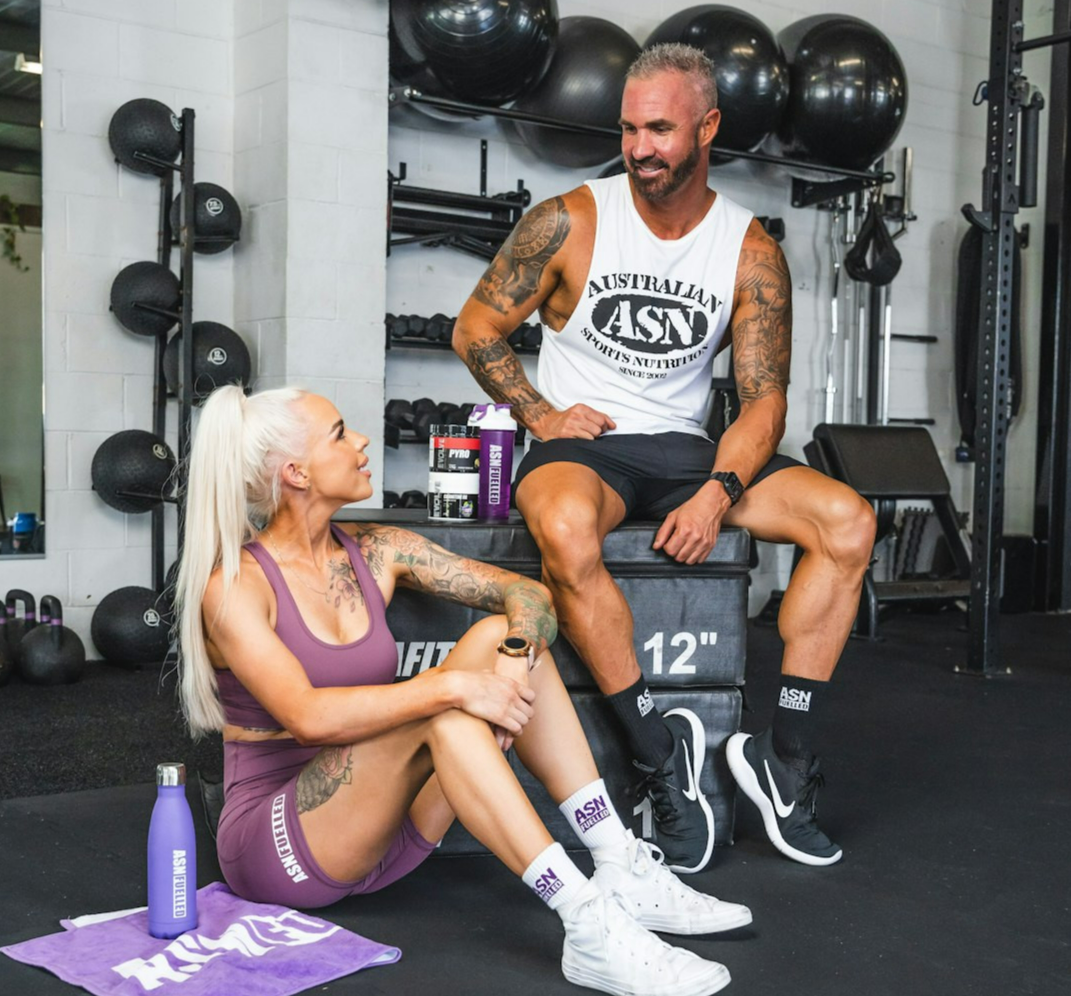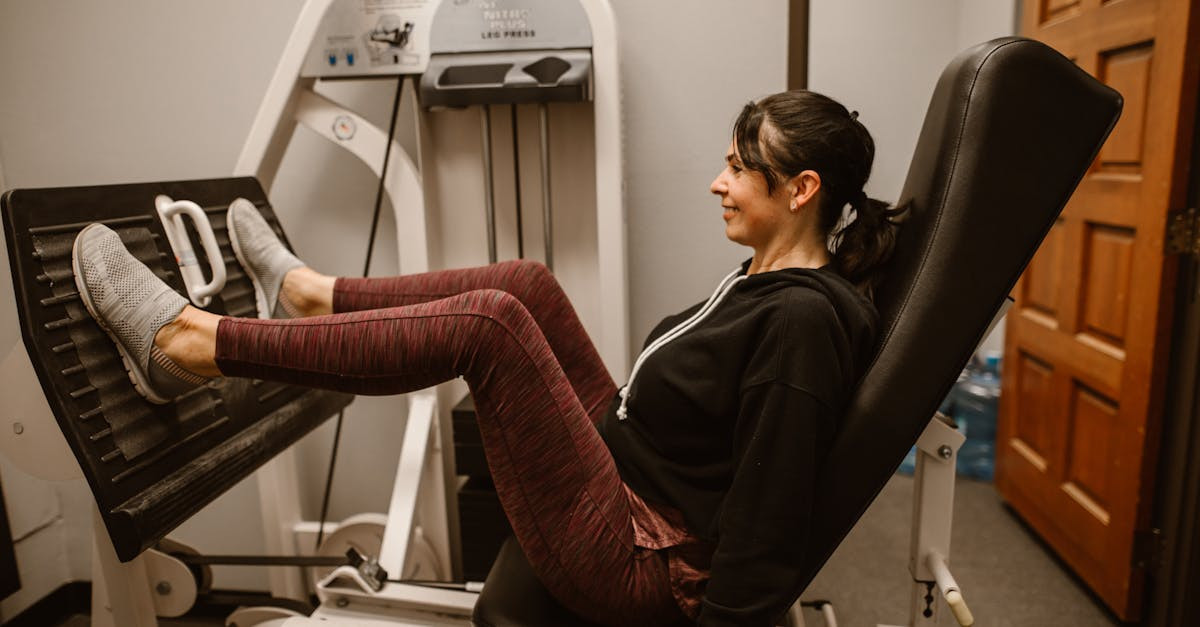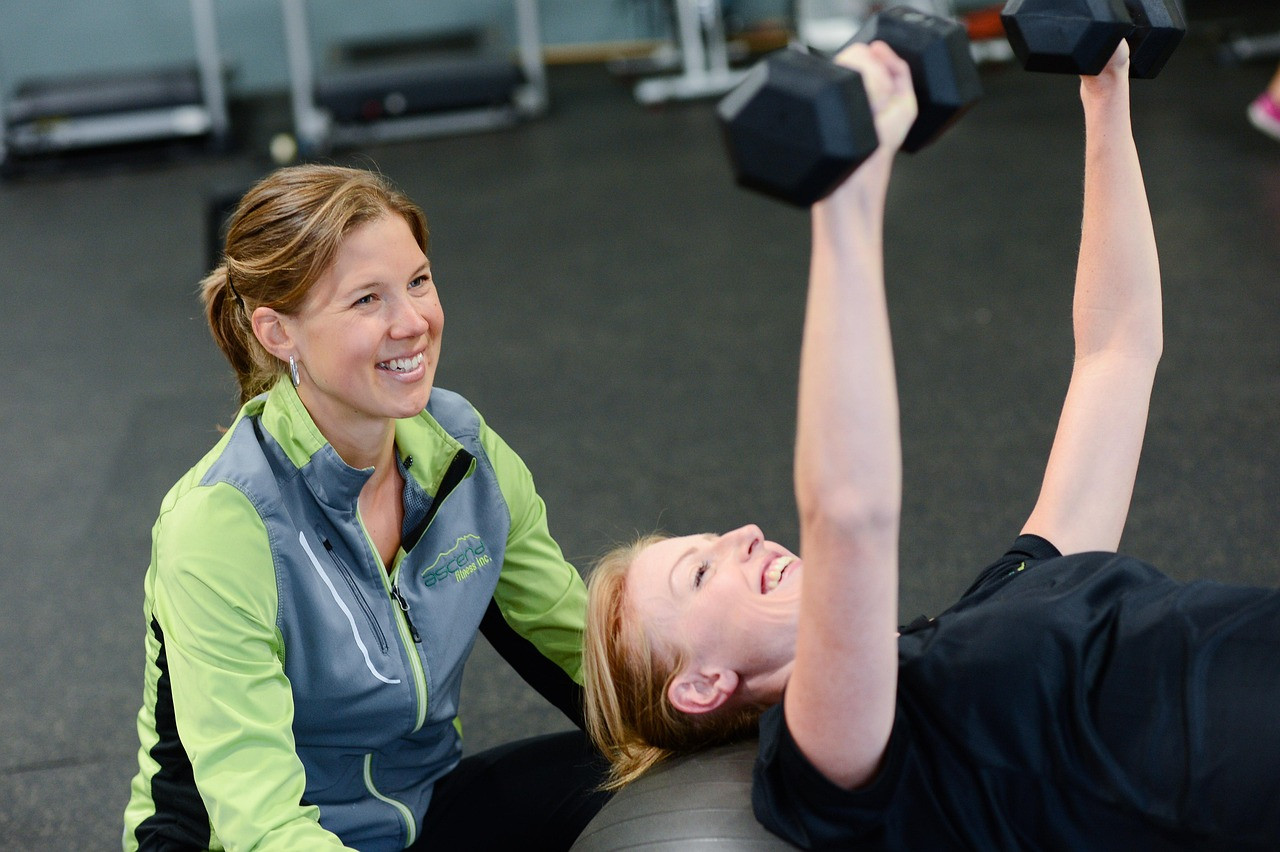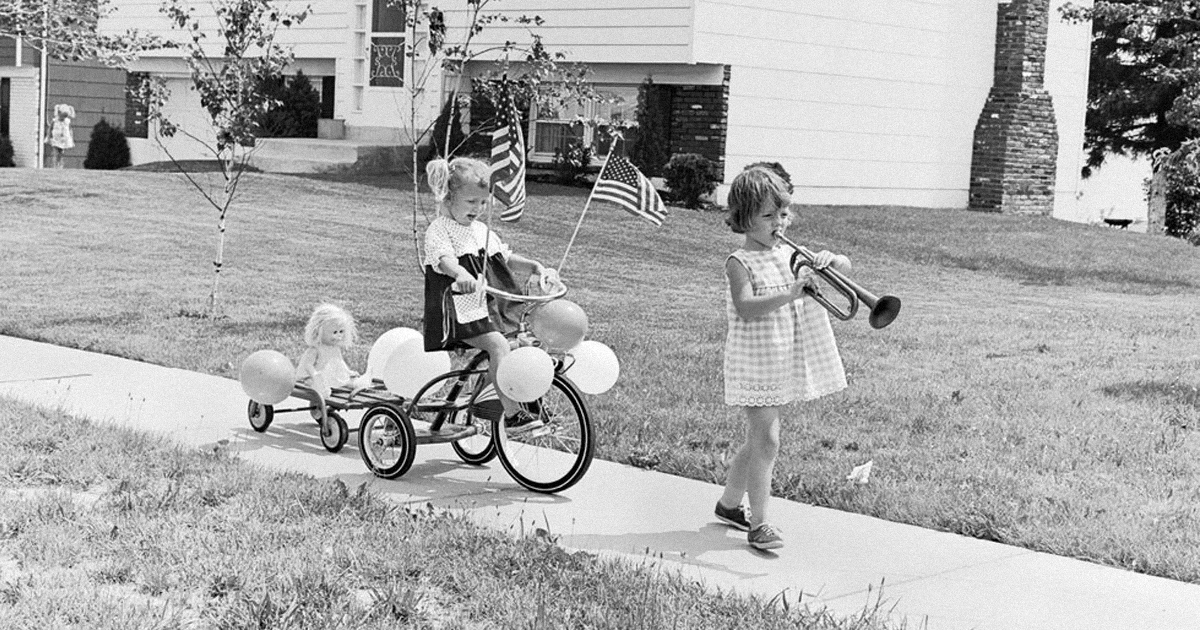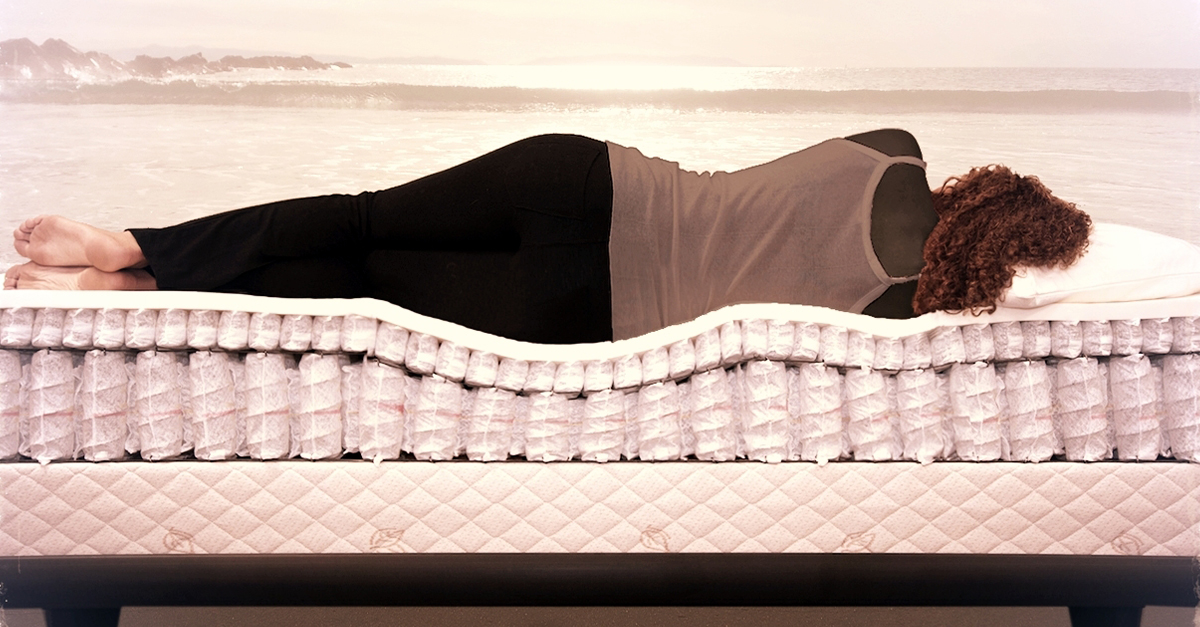Staying fit as you get older means adjusting your expectations about how the body evolves with each age milestone. With a realistic approach and some smart strategies, those over 40 can keep their strength, endurance levels, and vitality long into their later years.
Metabolism Naturally Slows Down
One of the most noticeable changes after 40 is a slowdown in your metabolism. Lean muscle mass typically declines with age, leading to a lower resting metabolic rate. This means the body burns fewer calories at rest, making it easier to gain weight. Resistance training and strength-building exercises will help to counteract this trend.
Recovery Takes Longer
After 40, the body’s ability to recover from intense workouts slows down. Hormonal changes, reduced collagen production, and decreased blood flow all mean longer recovery times. Training too hard or too long without adequate rest can lead to injuries. Listening to the body, getting enough sleep, and taking rest days are essential.
Joint Health And Mobility Change
Age almost always brings increased joint stiffness or discomfort, especially in areas like the knees, hips, and shoulders. Cartilage wears down, and old injuries may remind you of their presence. Mobility exercises, stretching, and low-impact activities like swimming, cycling, or yoga will do wonders for your joint health and flexibility.
Hormonal Shifts
For both men and women, hormonal changes after 40 influence fitness levels. Testosterone and growth hormone levels often decline in men, affecting muscle maintenance and energy levels. In women, menopause brings shifts in estrogen and progesterone, causing changes in body composition, energy, and bone density. Adjusting exercise routines with these shifts will help you optimize your performance and still feel great!
Building Strength Is Essential
Preserving muscle mass is a top priority for fitness over 40. Strength training combats muscle loss; it also improves bone density, posture, and overall functional fitness. Lifting weights, using resistance bands, or performing bodyweight exercises at least twice a week helps maintain strength and enhances metabolism.
Cardio Is A Top Priority
Heart health gets increasingly crucial with age. Aerobic activities like brisk walking, jogging, swimming, or cycling improve your cardio endurance, support healthy blood pressure, and reduce the risk of heart disease. Aim for at least 150 minutes of moderate-intensity aerobic exercise a week to maintain heart health and stamina.
You Are What You Eat
Diet gets even more important after 40. A well-balanced diet rich in protein, fiber, healthy fats, vitamins, and minerals supports muscle maintenance, bone health, and energy levels. Calcium, vitamin D, and protein intake are especially critical to support muscle mass and bone strength. Staying hydrated and moderating alcohol intake also contribute to overall fitness.
Mindset And Consistency Matter Most
Physical changes are inevitable, but mindset and consistency are your most powerful tools for staying fit after 40. Setting realistic goals, focusing on progress over perfection, and staying consistent with exercise routines promote long-term success. Adaptation, patience, and celebrating small victories help maintain motivation and support mental well-being.
Roll With The Changes
Fitness after 40 means accepting and respecting the body’s natural changes while implementing strategies to maintain strength, endurance, and health. You may not be the powerhouse you were in your 20s, but by keeping up with strength training, prioritizing joint health, adjusting recovery routines, and eating a proper diet, people can stay active and strong well into their later years.
You May Also Like:
Keeping Aging Joints Flexible And Pain-Free
The Proven Link Between Sleep And Weight Loss


